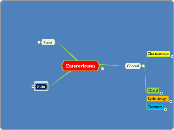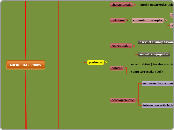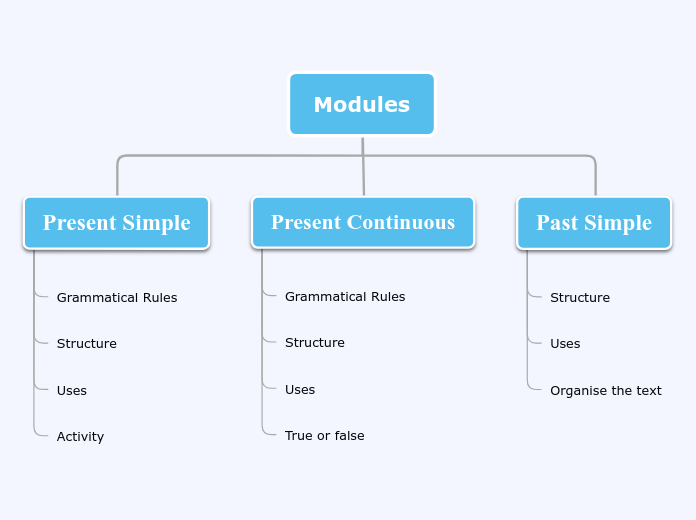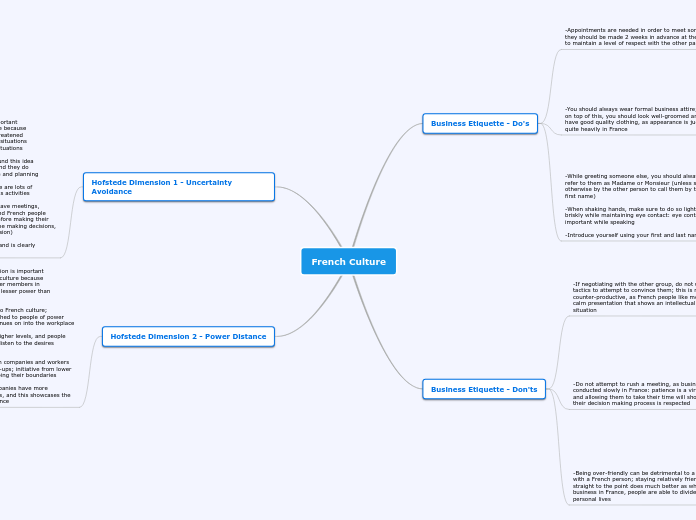Enteroviruses
Enteroviruses are picornaviruses.
Other picornaviruses include:
rhinoviruses (115 serotypes)cardiovirusesapthoviruses (foot and mouth disease of cattle, sheep)hepatovirusesGeneral
Pleconaril
Blocks uncoating step
Not FDA-approved
Coxsackievirus infection
Time
Seasonality?
Tropical
Year-round
Temperate
Summer, autumn
Due to water exposure
Person
Common in children
Place
DCC
DCC = Day care centers
Widespread
Transmission
What route?What is the reservoir?Human host needed
No known animal reservoirs
Fecal-oral
Contaminated water
Poliovirus
Eradicated in U.S.
Echovirus, Coxsackie A21 or A24
Rhinovirus-like "colds"
Enterovirus 72
Hepatitis A disease
Cocksackievirus A
Herpangina
Herpangina: an infectious disease, esp. of children, characterized by a sudden occurrence of fever, loss of appetite, and throat ulcerations, caused by a Coxsackie virus.
Hand-foot-and-mouth disease
Self-limiting
Blister-like rash on hands, feet
Cold-like symptoms
Cocksacievirus B
Pancreatic (diabetes) and resp. infections
Polio-like paralysis
Pleurodynia
Bornholm disease"Devil's Grip"Cardio
Pericarditis
Myocarditis
CNS
Encephalitis
Viral meningitis
General properties
Sensitive
Formaldehyde
Hypochlorite
Resistant
Common disinfectants
Low pH
67 serotypes
Cultured in primates
Shed in feces
Grow at 37 degrees
GI tract
Structure
Infection time course
Infection time course
1-2 h: host shutoff2.5-3 h: viral protein synthesis, vacuolation of cytoplasm\3-4 h: permeabilization of host plasma membrane4-6 h: virus assembly6-10 h: virus releaseIcosahedral
Small
PicornaviridaePico for smallMolecular
Infectious mRNA to polyprotein P1
Untranslated regions at both termini
1st third of polyprotein is P1 (capsid)
No easy way to summarize:
Multiplication mechanism:
Attachment via VP1 to specific host cell surface receptorsGenome immediately translated to yield polyproteinFirst 1/3 of polyprotein is P1 (capsid), remainder (P2, P3) for replicationP1 cleaved into VP0, VP1, VP3 with viral proteaseVP0 cleaved to VP2 and VP4 =>maturation and infectivityRNA-directed RNA polymerase makes (-) strand intermediate, template for genome copiesCapsid assembly, genome insertionProtease (protein 2A) cleaves host cap binding protein complex => host shutoffExits host cells by lysisViral encoded RNA polymerase
VPg protein
5' end
VP1-4 capsid proteins
Treatment
Post-polio
No specific AV
Prevention
Complete Eradication?
Virulent poliovirus "replaced" with attenuated strain; risk of VAPP (vaccine-associated paralytic polio)Still endemic in developing countriesGoal to eradicate worldwide within decadeHard to justify cost ($250 million per year) when few children get itMust be cooperative effort worldwideDelays will lessen urgencyTotal eradication needed before vaccination can safely be stopped, otherwise further epidemics possibleVaccines
Live Sabin
Poliomyelitis
Some risk of contracting mutated virusCDC panel now advises return to Salk vaccineSpread to other house members
Can be good or bad
Economical, stable, administered in field
Confers intestinal immunity (IgM)
Killed Salk
Preferred
Induces humoral immunity
Safe for immunodeficient
No viral replication
Epidemiology
1% paralysis, death from resp. failure
99% asymptomatic
Incubation period
2-10 days
Paradox
Exposure postponed to older children, adults
Disease more severe
Improved sanitation correlated with increased epidemics
Children w/ poor hygiene & sanitation
Diagnosis
Kits
PCR
Serology
4-fold Ab increase
Tissue culture
Clinical
Infantile paralysis (possible)
Paralytic polio
Meningitis-like symptoms
Stiff neck
Head ache
Malaise
Fever
Post-polio syndrome
Symptoms
Non life-threatening
Unlike ALS
ALS-like
Joint painFatigueDifficulty swallowingWeakness in certain muscle groupsDecreased endurance30-40 years after acute
Characteristics
Pathophysiology
Polioviral replication in tonsil and intestinal epithelial cells, lymphoid tissueInfection of draining lymph nodesPrimary viremiaSeeding of reticuloendothelial organs and target organ (CNS in polio)Viral infection of cells =>lytic deathSome symptoms may be caused by host immune response to tissue injuryMolecular mimicry: virus-induced autoimmune responseTypes
Other
Polio
S.T.A.R.
Echo
Cocksackie
B
A









